 W
WA German tradition of decorating trees and bushes with Easter eggs is known as the Ostereierbaum, or Easter egg tree. A notable example is the Saalfelder Ostereierbaum in Saalfeld, Thuringia.
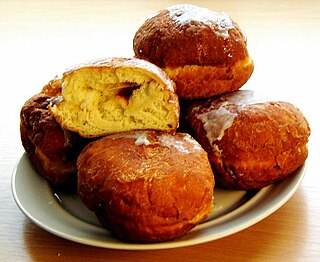 W
WFat Thursday is a traditional Christian feast marking the last Thursday before Lent and is associated with the celebration of Carnival. Because Lent is a time of fasting, the days leading up to Ash Wednesday provide the last opportunity for feasting until Easter. Traditionally it is a day dedicated to eating, when people meet in their homes or cafés with their friends and relatives and eat large quantities of sweets, cakes and other meals usually not eaten during Lent. Among the most popular all-national dishes served on that day are pączki in Poland or berliner, fist-sized donuts filled with rose hip jam, and angel wings (faworki), French dough fingers served with powdered sugar.
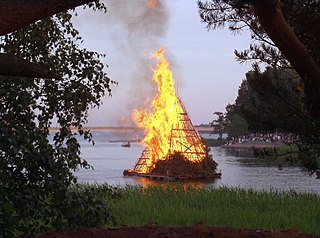 W
WA bonfire is a large and controlled outdoor fire, used either for informal disposal of burnable waste material or as part of a celebration.
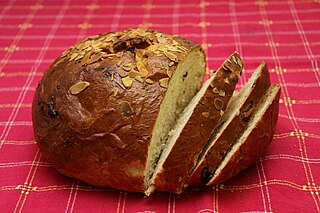 W
WA Heißwecke, HICE-veck-ə,, also called a Heißewecke or Hedewig, is a traditional type of currant bun that goes back, within the German-speaking region of Europe, at least to the Late Middle Ages. In North and Northwest Germany it is eaten before the beginning of the pre-Easter fasting period known as Lent, especially from Rose Monday (Rosenmontag) to Ash Wednesday (Aschermittwoch). It is basically a sweet bread roll made with milk and wheat flour that is eaten hot, hence the name: Heißwecken literally means "hot rolls". Heißwecken are predominantly eaten in the area influenced by the Hanseatic League i.e. most of northern Europe from what is now the Netherlands to Poland and the Baltic Sea coast. It has numerous dialectical names that are almost all derived from the term Heißwecken. The most common are Hedewäggen, Hetwegge, Heiteweggen and Heetwich.
 W
WHüttenbrennen, sometimes also referred to as Burgbrennen, is an old-fashioned bonfire custom in many part of the Eifel mountains in Germany. It is celebrated every year on "Straw Sunday", the first Sunday after Shrove Tuesday, also observed as Funkensonntag.
 W
WThe Magdalenenfest is an annual end of summer 16-day festival in the Munich Hirschgarten. It is named after Mary Magdalene.
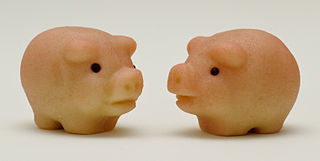 W
WThe marzipan pig is a traditional German and Scandinavian confectionery consisting of marzipan shaped as a pig.
 W
WA maypole is a tall wooden pole erected as a part of various European folk festivals, around which a maypole dance often takes place.
 W
WThe Miners' Parade is a parade traditionally held in places in Germany where ore was and is smelted. It was and is a public event held by a community or corporation whose employment is linked to mining and smelting. It is usually known in German as a Bergparade, but also as a Berg- und Hüttenparade. It takes place as one of the highlights of a festival. The Miner's Parade is a special form of procession which is organised to march past important dignitaries or which is organized for such high-ranking individuals.
 W
WThe Osterbrunnen is a German tradition of decorating public wells or fountains with Easter eggs for Easter. It began in the early 20th century in the Franconian Switzerland region of Upper Franconia but has spread to other regions. The decoration is usually kept from Good Friday until two weeks after Easter.
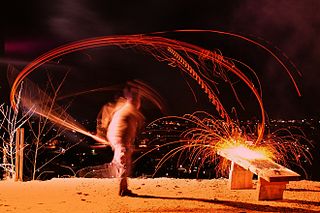 W
WScheibenschlagen is a traditional event in Central Europe in which glowing wooden disks are flung from a long hazelnut stick off a mountain side into the valley below.
 W
WA Schultüte, also known as a Zuckertüte in some parts of Germany, is a large cone-shaped container made of paper, cardboard, or plastic.
 W
WWatten, regionally also called Watteln or Wattlung, is a card game that is mainly played in Bavaria, Austria, Switzerland and South Tyrol. There are several main variants: Bavarian, Bohemian, South Tyrolean (Stichwatten), (Austrian) Tyrolean, Kritisch and Blind Watten. It is usually a 4-player game, which is "by far the most interesting", but it may also be played by 2 or 3 players. Parlett says that "though hard to describe, Watten is fun to play and easy to learn."